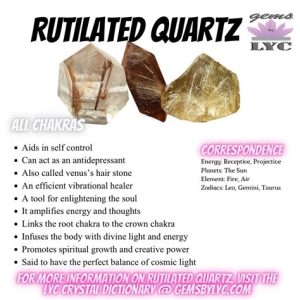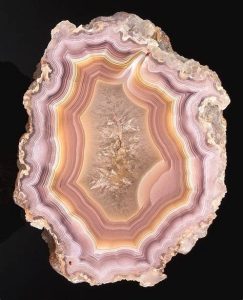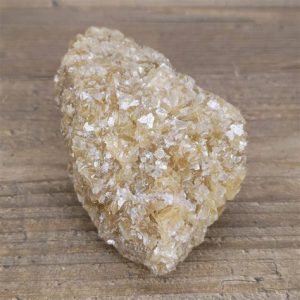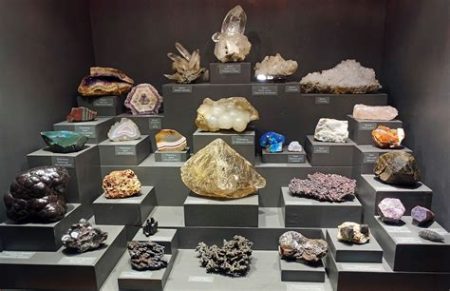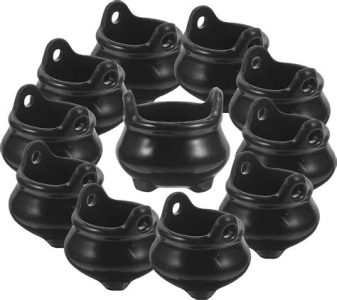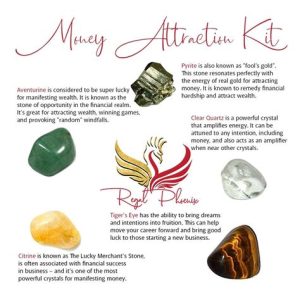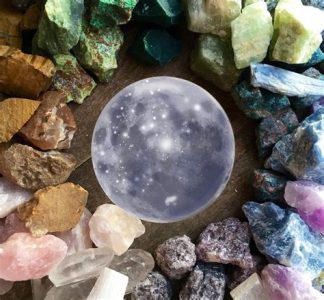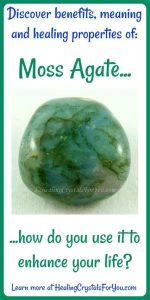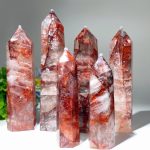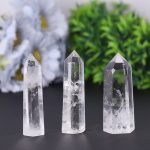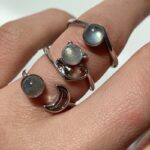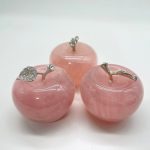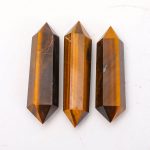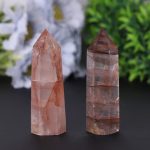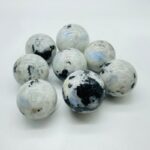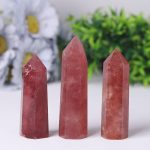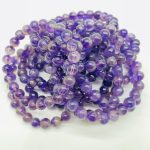Opalite, a man-made vitreous stone, is a popular substitute for natural opal. Opalite replicates opal’s shimmering play of colors, known as opalescence, through a combination of silicon dioxide and glass.

Etymology
The name “opalite” is derived from its visual resemblance to opal, combined with the suffix “-ite” commonly used to denote minerals.
History and Origin
Opalite was first created in the 1970s by a Japanese company called NEC Glass. The original Opalite production involved fusing layers of silicon dioxide and glass under high temperatures. The resulting material exhibited an opal-like appearance but was more durable and affordable than natural opal.
Chemical Composition and Properties
Opalite is primarily composed of silicon dioxide (SiO2), the same mineral found in natural opal. However, Opalite also contains a significant amount of lead glass, which contributes to its characteristic play of colors. The following table summarizes the typical chemical composition of Opalite:
| Component | Weight Percentage |
|---|---|
| Silicon Dioxide (SiO2) | 50-70% |
| Lead Oxide (PbO) | 20-30% |
| Aluminum Oxide (Al2O3) | 5-10% |
| Sodium Oxide (Na2O) | 3-5% |
Physical properties of Opalite include:
- Density: 2.5-2.6 g/cm³
- Refractive Index: 1.52-1.54
- Moh’s Hardness: 5.5-6.5
Visual Characteristics
Opalite’s most distinctive feature is its opalescence, the play of colors that resembles natural opal. This effect is caused by the presence of lead glass, which scatters light into different colors based on its wavelength. The colors displayed in Opalite can vary from iridescent blues and greens to fiery reds and oranges.
Distinguishing Opalite from Natural Opal
Despite its visual similarities to natural opal, Opalite has several key differences:
- Origin: Opalite is man-made, while natural opal is found in nature.
- Glass Content: Opalite contains lead glass, while natural opal does not.
- Durability: Opalite is harder and more durable than natural opal.
- Price: Opalite is significantly less expensive than natural opal.
Applications
Opalite is primarily used as a gemstone in jewelry. It is popular for creating affordable opal-like effects in necklaces, earrings, rings, and bracelets. Opalite is also employed in decorative objects, such as figurines, vases, and tiles.
Advantages of Opalite
- Affordability: Opalite is significantly less expensive than natural opal, making it accessible to a wider range of consumers.
- Durability: Opalite is harder and more durable than natural opal, making it more resistant to wear and tear.
- Availability: Opalite is readily available in various sizes, shapes, and colors, ensuring easy accessiblity for jewelers and designers.
Tips and Tricks for Using Opalite
- Jewelry Care: Opalite should be handled with care to avoid scratching or chipping. It can be cleaned with mild soap and water.
- Light Interaction: The play of colors in Opalite is best displayed when exposed to direct sunlight or a strong light source.
- Complementary Colors: Opalite pairs well with gemstones in complementary colors, such as blues and greens, to create contrasting and visually appealing combinations.
Common Mistakes to Avoid
- Abrasive Cleaners: Avoid using harsh or abrasive cleaners on Opalite, as these can damage its surface.
- Excessive Heat: Opalite should not be exposed to excessive heat, as it can weaken the glass content.
- Overexposure to Water: While Opalite can be cleaned with water, prolonged immersion can damage the lead glass and diminish its opalescence.
FAQs
-
Is Opalite a natural stone?
No, Opalite is a man-made material. -
How is Opalite made?
Opalite is produced by fusing silicon dioxide and lead glass under high temperatures. -
Is Opalite durable?
Yes, Opalite is harder and more durable than natural opal. -
What is the difference between Opalite and opal?
Opalite contains lead glass, while natural opal does not. Opalite is also less expensive and harder than natural opal. -
What are some applications of Opalite?
Opalite is primarily used in jewelry and decorative objects. -
How should I care for Opalite?
Opalite should be handled with care, cleaned with mild soap and water, and protected from excessive heat and water exposure.

